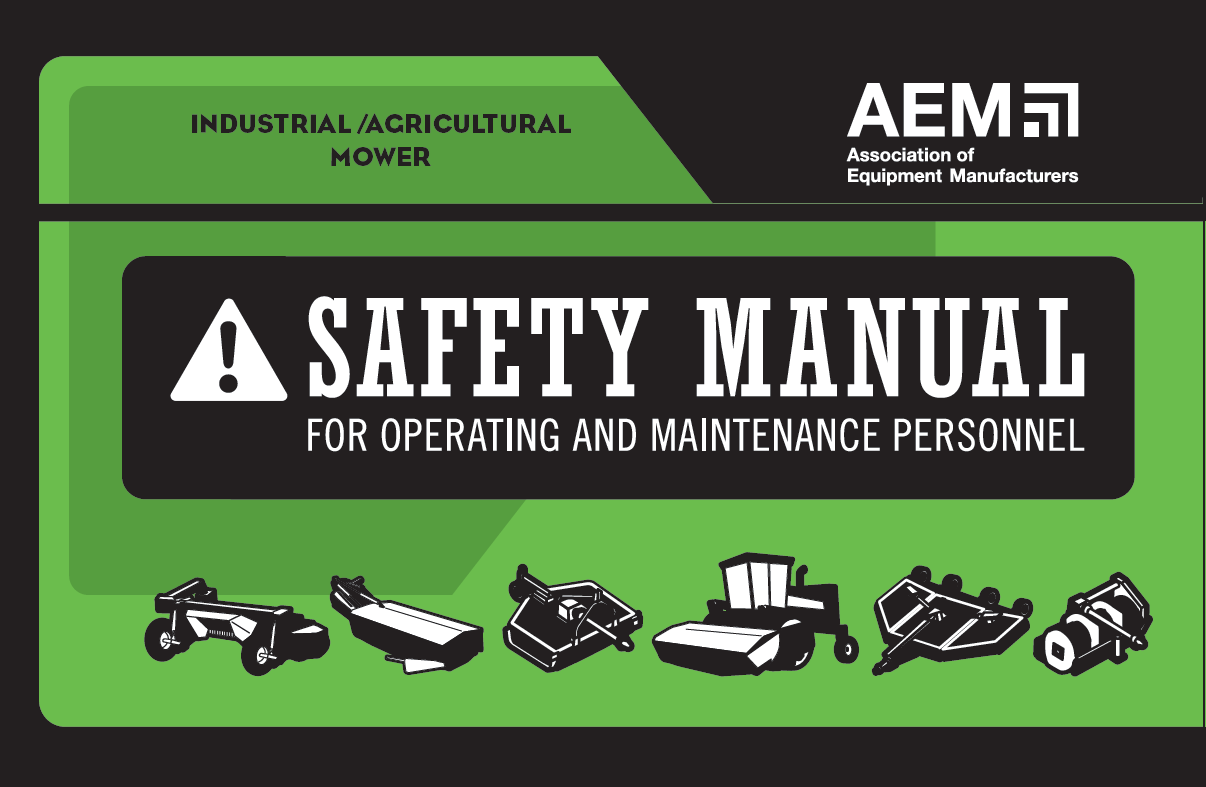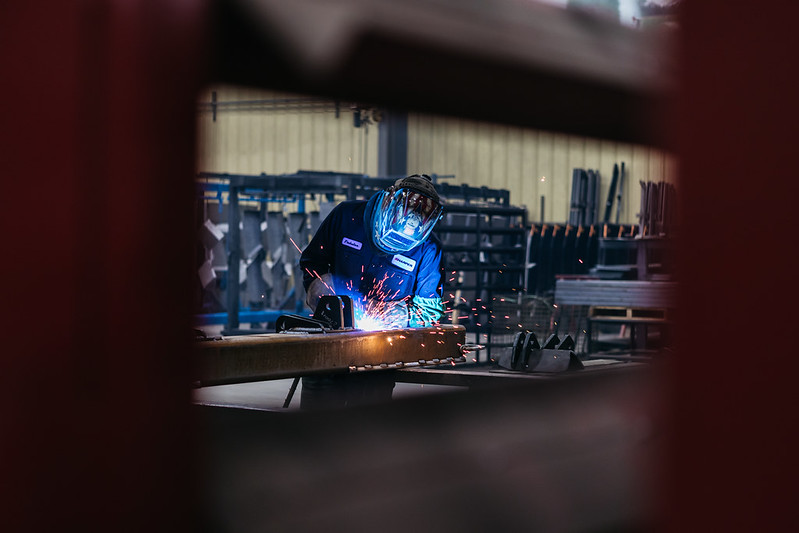AEM recently updated its Industrial Ag Mower Safety Manual in accordance with the association’s longstanding mission to provide up-to-date and industry-consensus safety materials that encourage safe equipment operation.
New updates include the use of pictorials from AEM’s Pictorial Database, modern formatting, and additional information on safe operation and maintenance. Its easy-to-follow pictorials and clearly stated safety warnings will help ensure operators understand the equipment's operation, capacity, mechanisms, maintenance, and intended uses.
“AEM member companies and their product safety experts play a crucial role in ensuring our manuals and safety materials represent best practices for safe equipment operation,” said AEM Safety Materials Manager Becca Basten. “The Industrial Ag Mower Safety Manual is a longstanding safety resource for the operation of ag mowers, and it serves as a valuable resource for strengthening safety and training programs.”
The Industrial Ag Mower Safety Manual update also includes additional information on safe operation related to mower-thrown objects, mowing on uneven terrain, safe driving, along with transportation and other instances where safety education is paramount. This title is available in both English, as well as flip-book style English & Spanish format.
AEM’s safety materials are consensus documents that are developed, reviewed, and approved by committees empaneled by AEM, and they represent best practices for the industry. The safety materials include more than 50 unique manual titles, including the Ag Mower Safety Manual, and they extend to additional collateral such as videos, brochures, decals, and training kits.
“Many of our members purchase and assign a part number to the Ag Mower Safety Manual to ensure that all operators have access to best practice safety guidance,” explained Basten. “Ultimately, doing so benefits both manufacturers and its customers by providing a basis of understanding for safety protocols in, on, and around large equipment like agricultural mowers.”
AEM safety manuals are put up for review every five years. Sometimes, a title’s scheduled review is skipped if no updates are requested by members at AEM product group meetings. Other times, reviews can take longer than expected. Currently in review is AEM’s Agricultural Tractor Safety Manual, and more information on that title will be made available at a later date.
When its first safety manual was published in 1969, AEM (then known as CIMA) established a foundation for a safety materials program that has grown exponentially over the last 50-plus years.
The intent at that time was for the association to provide end users with a safety manual that complemented its members' OEMs' publications and that represented the industry's best practices for equipment safety. It was an auspicious idea: To provide consensus-based safety documents that were developed, reviewed, and approved by association members who, although they competed in the marketplace, would work together to publish best practices for operating equipment safely.
“AEM offers so many points of engagement with its members, from trade shows to statistics and advocacy,” said Basten. “We can say the same for the safety materials program, a service area in which nine out of 10 AEM members who manufacture large off-road equipment make use of safety materials developed by the association and their peers.”
AEM shipped more than 516,000 units’ worth of safety materials to its members and the public in 2024. While North America was the biggest destination for those materials, AEM shipped its materials into Japan, Australia, the United Kingdom, Sweden, Italy, and Germany as well.
For More Information
AEM supports safety awareness year-round by offering an extensive array of safety products, including safety manuals and videos, with major equipment types covering aerial, agriculture, compact/portable, earthmoving, forestry, lifting, road paving, and utility excavation applications.
Click here to learn more about AEM safety materials, visit safetymaterials.org, or contact AEM’s Becca Basten at rbasten@aem.org.





